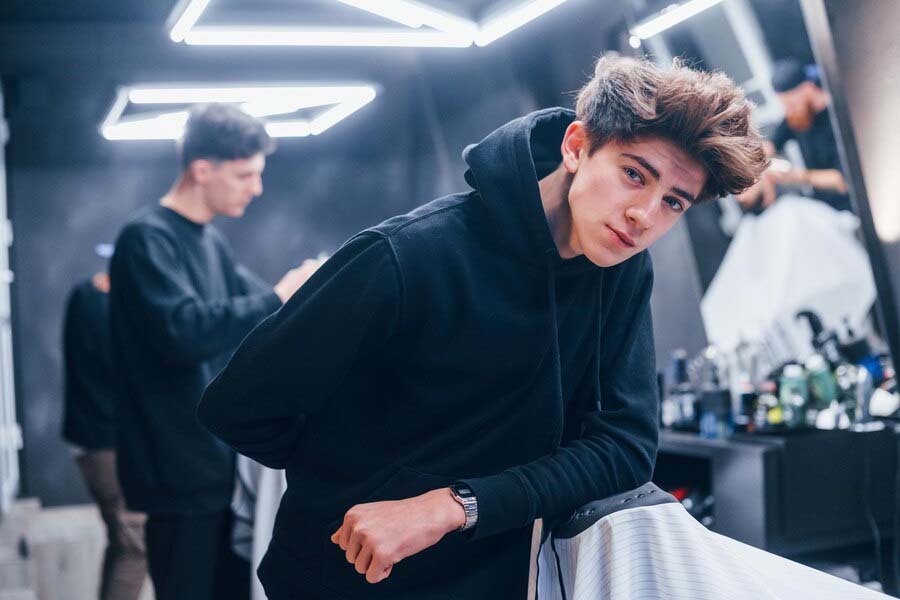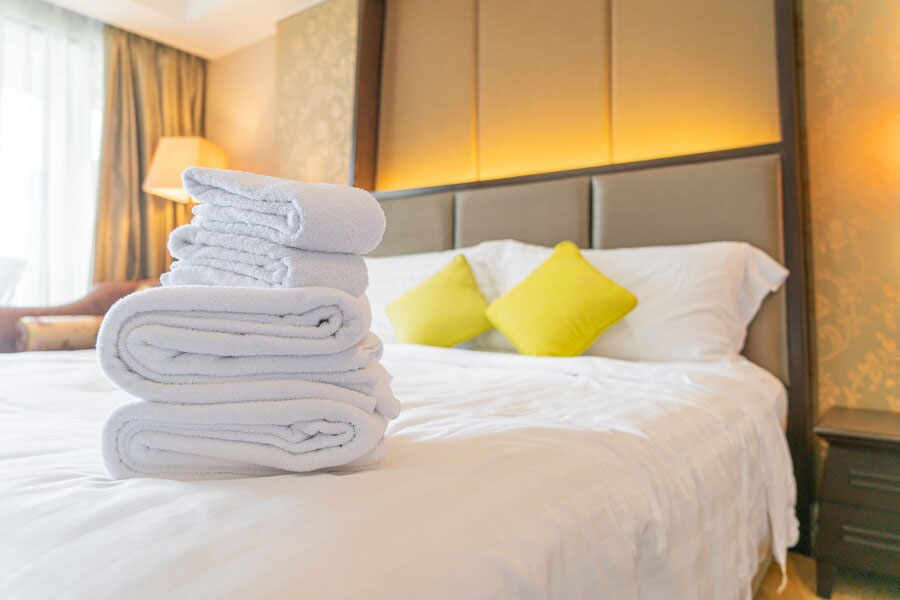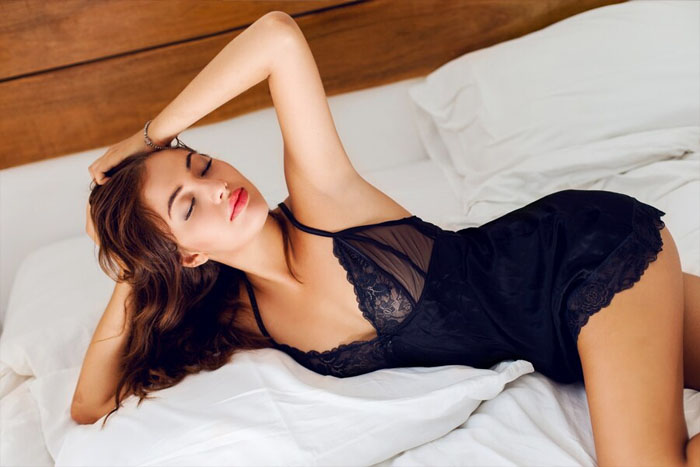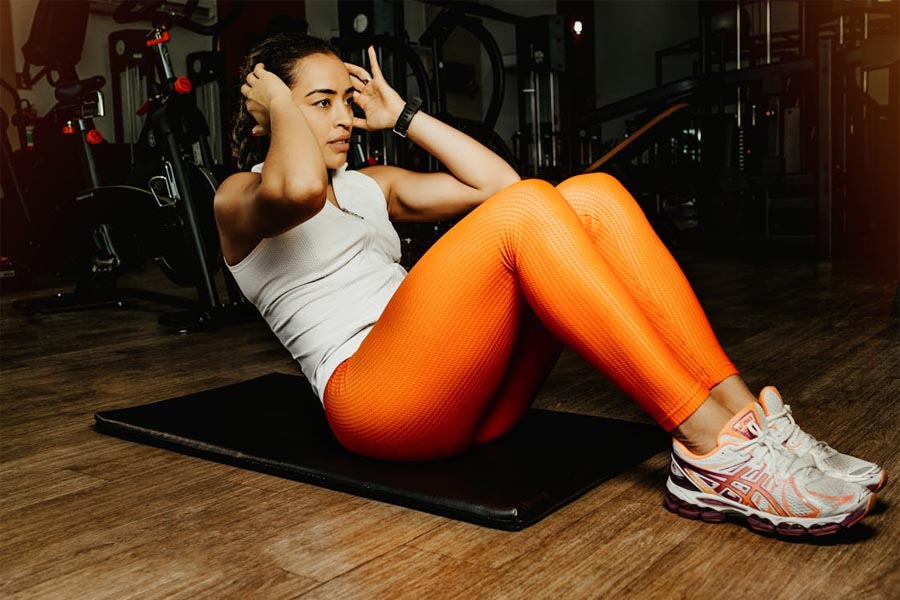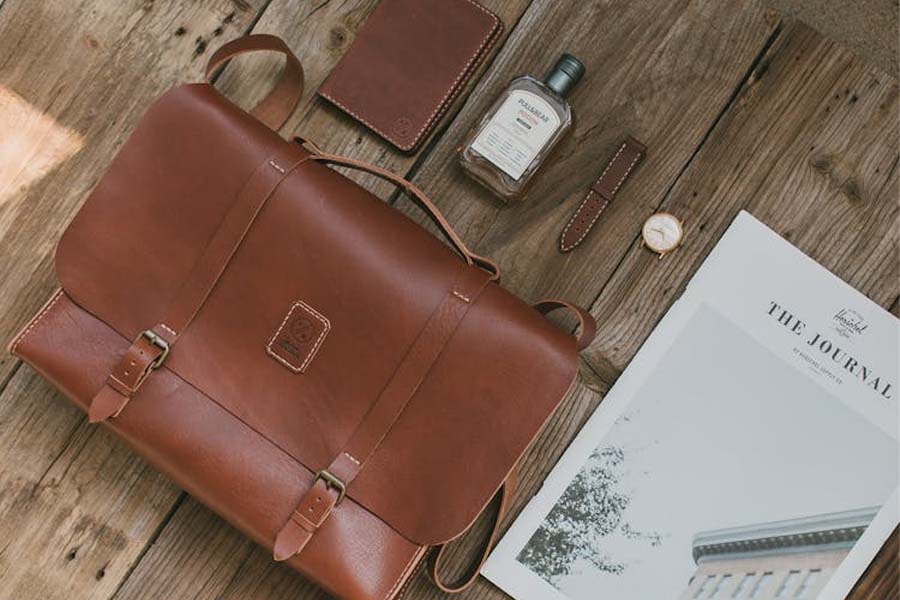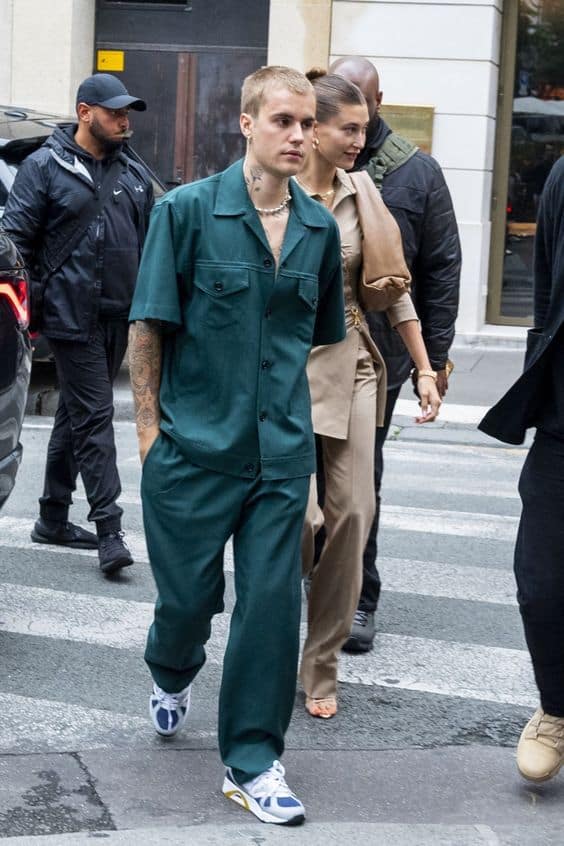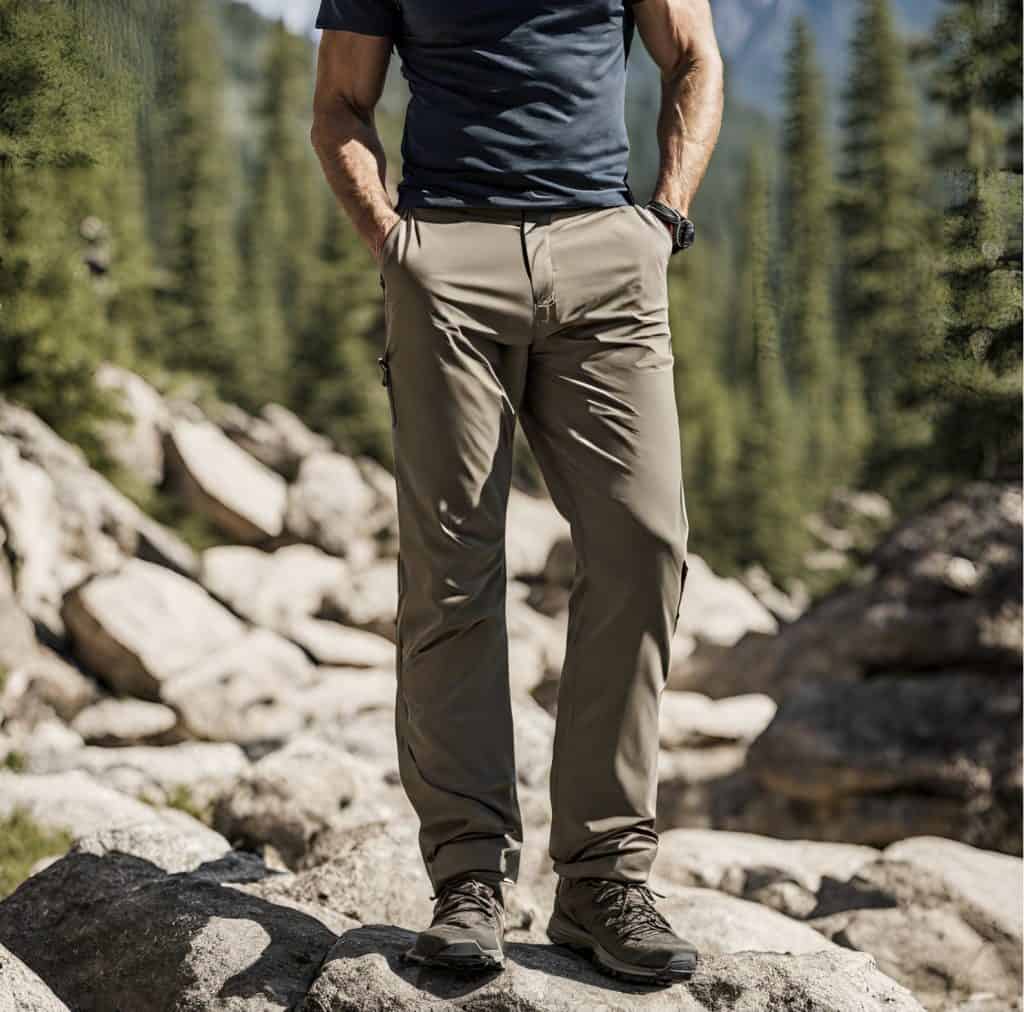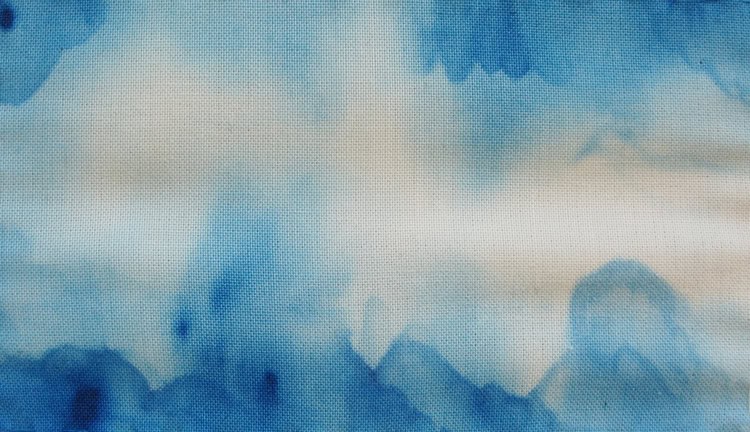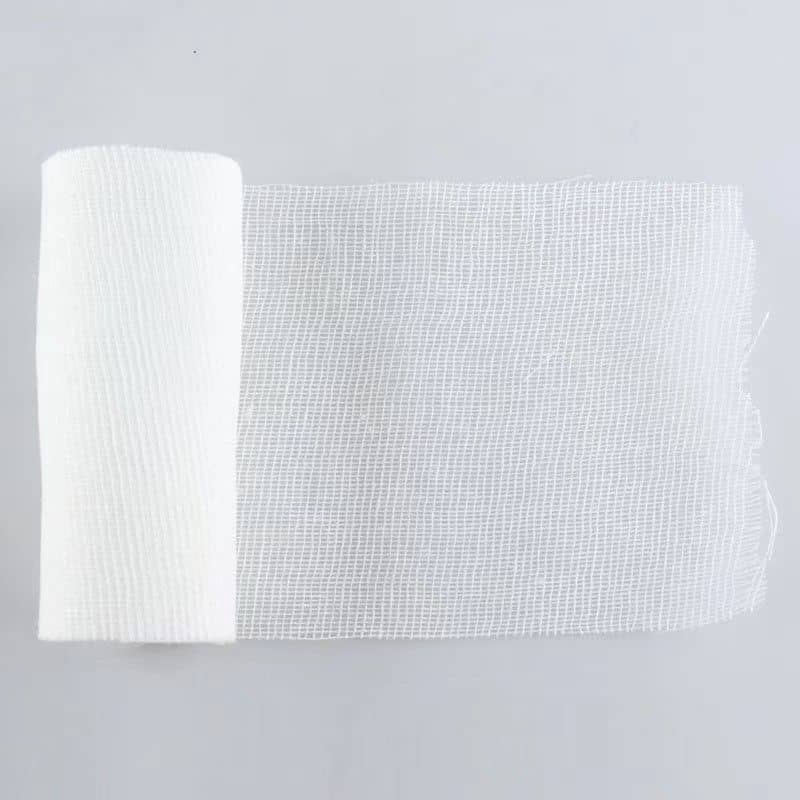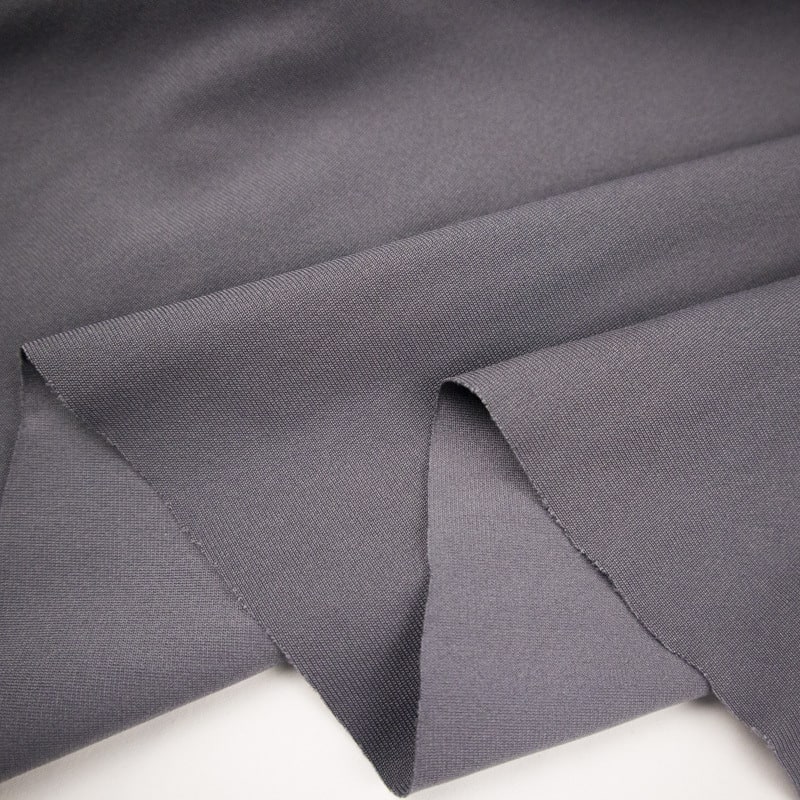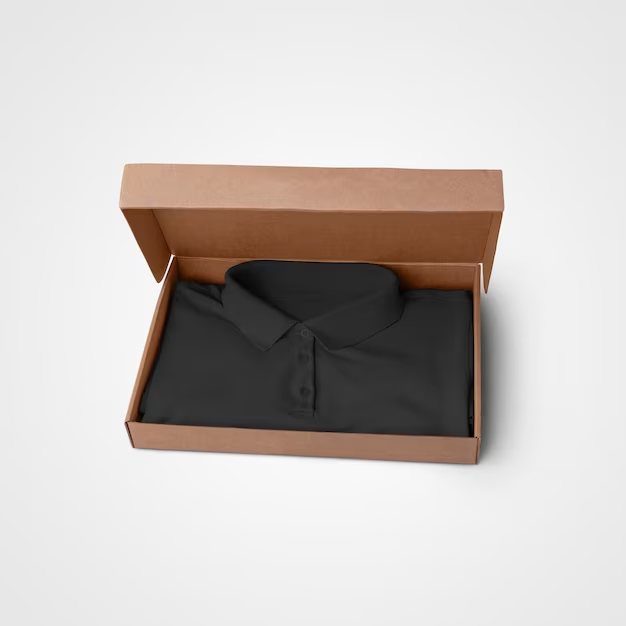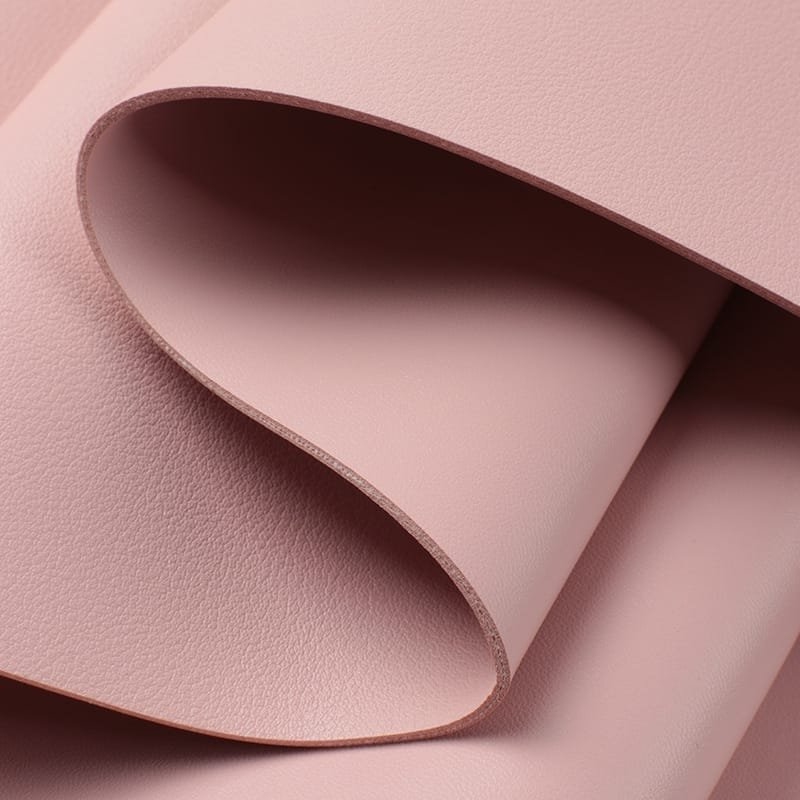
Polyurethane leather (PU Leather), also known as synthetic leather, is a popular and affordable alternative to genuine leather.
It is a type of vegan leather or faux leather made with thermoplastic polymers and organic plant by-products, offering an innovative and sustainable alternative to traditional leather.
PU leather originated in Germany in the late 19th century as a substitute for animal leather when the impending wars led to a scarcity of animal leather. Manufacturers created Prestoff by layering and treating paper pulp, reflecting the ingenuity of German manufacturers during challenging times.
This fabric appeals to today’s sustainability-conscious market because no animals are harmed during production.
What is PU Leather or Vegan Leather?
PU leather is a synthetic substitute for genuine leather. It is made of Polyurethane (PU), which is a flexible and durable material. PU leather is commonly used in construction and engineering due to its longevity and strength.
It’s important to note that there are two types of PU leather: 100% PU leather and split leather coated with PU.
The distinction is important to consider for ethical reasons. 100% PU leather is vegan, while split leather contains real leather. Checking labels is crucial to ensuring animal-friendly choices.
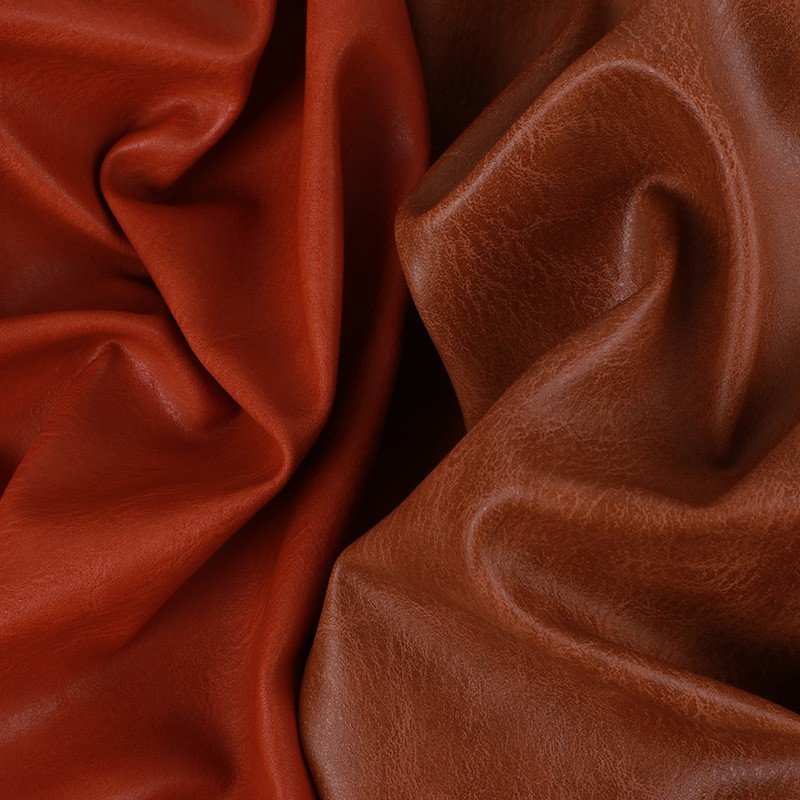
Properties of PU Leather
Versatility
PU leather is highly versatile, allowing for a wide range of styles, colors, and textures. It can be embossed, printed, or treated to mimic different types of genuine leather. It offers endless creative possibilities for designers.
Environmental Sustainability
PU leathers are environmentally sustainable. Its production requires fewer resources and generates fewer greenhouse gas emissions compared to genuine leather. Choosing PU leather allows designers and consumers to make a sustainable choice while maintaining aesthetics and performance.
Breathability
PU leather has improved breathability compared to some other synthetic materials. This attribute enhances comfort when used in clothing and accessories. It also allows air circulation to prevent excessive sweating or discomfort.
Production of PU Leather
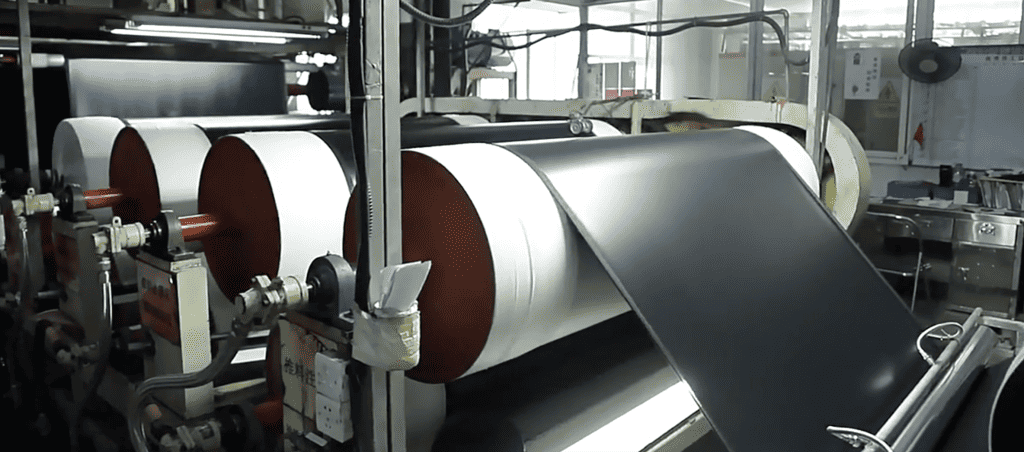
Synthetic leather fabrics are created by applying a 100% polyurethane finish to a base material. The base material can be polyester, cotton, nylon, or rayon. To mimic genuine leather, a roller is used to add an artificial grain pattern to the surface of the fabric.
Synthetic leather manufacturing typically involves the utilization of various chemicals and petroleum products. The manufacturing process can be simplified into four steps:
Synthetic leather has a lower environmental impact than genuine leather. It eliminates animal agriculture, requires fewer resources, minimizes chemical usage, and promotes recycling. Its durability reduces consumption and waste.
However, proper disposal is important as it is not biodegradable. Ongoing efforts aim to enhance its sustainability further.
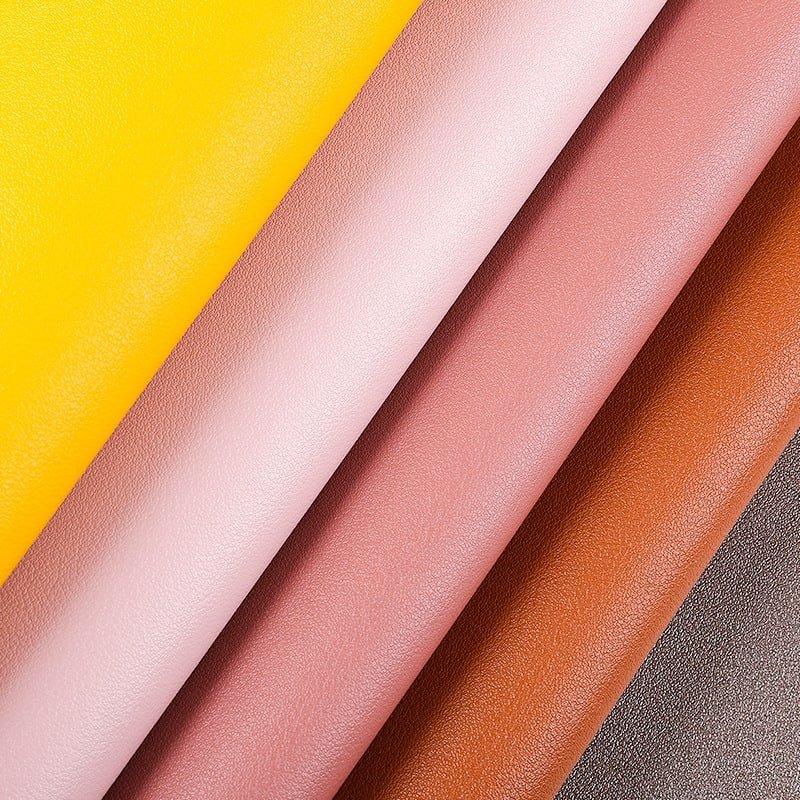
Advantages of Vegan Leather
Vegan leather has gained popularity for several reasons. Firstly, it is a cost-effective alternative to genuine leather. Additionally, it closely resembles the way real leather looks and feels, often being indistinguishable. Cleaning and maintenance are easy with Vegan leather, requiring only a simple wipe-down.
It surpasses genuine leather in durability, being less prone to cracking, tearing, or fading. This makes it ideal for upholstery purposes. Moreover, vegan leather is vegan-friendly and more sustainable than real leather. This is because it avoids animal slaughter and uses fewer resources.
Synthetic leather offers a wide variety of colors and styles to match different preferences and decors. Below are several advantages of synthetic leather:
- Cost-effectiveness
- Variety of colors and textures
- Cruelty-free
- Easy to clean and maintain
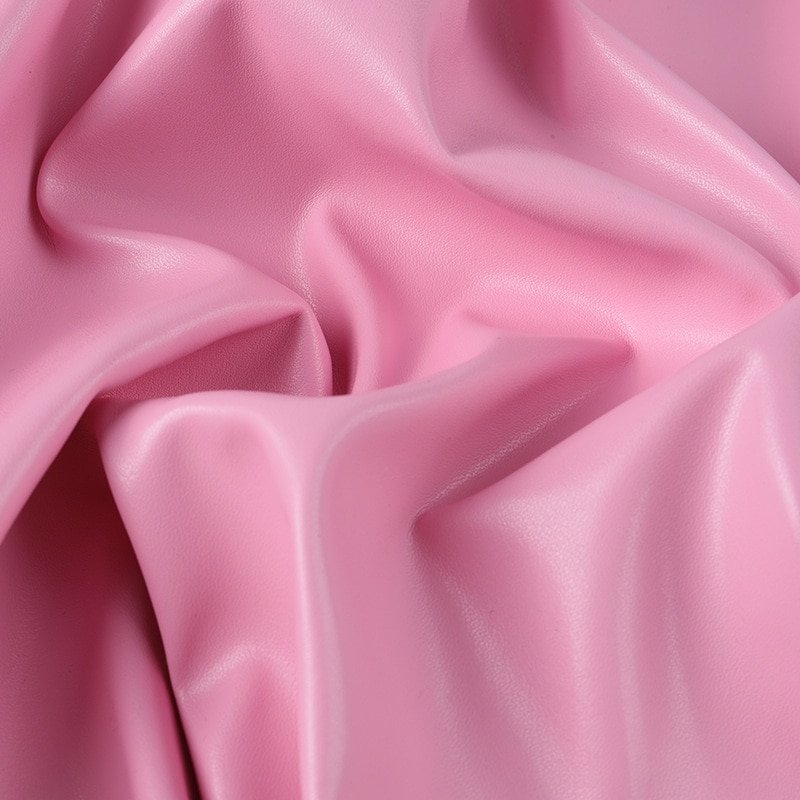
Disadvantages of PU Leather
Despite its advantages, PU leather also has certain drawbacks. It can have an artificial or synthetic appearance, lacking the authenticity of genuine leather.
Compared to real leather, it is not breathable, which can lead to discomfort during prolonged use. The odor of chemicals and plastic can be noticeable in some PU leather products.
Over time, PU leather is prone to wear and may develop cracks. It is also more susceptible to punctures and tears compared to genuine leather. Unlike real leather, PU leather does not develop a natural luster or patina with age.
It is important to note that not all PU leathers are vegan, as some may contain genuine leather components. Here are a few drawbacks associated with PU leather:
- Not as durable as genuine leather
- Not biodegradable
- May cause skin allergies.
Uses of Vegan Leather
Vegan leather is versatile and can be used in a variety of industries, including:
Fashion industry
Vegan leather is popular in the fashion industry because it is versatile and durable.
It is used to make handbags, furniture, and footwear, and it offers designers many options to create stylish and fashionable products.
Its affordability and wide range of colors and textures make it a popular choice for designers.
Upholstery
Vegan leather is a popular material for furniture, decor, and commercial spaces. It’s a cost-effective alternative to genuine leather that’s durable and versatile, making it ideal for many upholstery needs.
Automotive industry
Vegan leathers are widely used in the automotive industry for seats, door and instrument panels, and consoles due to their durability, low maintenance, and cost-effectiveness.
It enhances the interior aesthetics of vehicles, providing a luxurious and stylish look, making it a popular choice among manufacturers and consumers.
Conclusion
PU leather (vegan leather) is a popular alternative to genuine leather. It offers affordability, durability, and easy maintenance. However, it may have a synthetic appearance and limited breathability.
The versatility of vegan leather allows for the creation of stylish and fashionable products, making it an attractive option for fashion brands.
As more consumers become aware of the environmental and ethical impacts of traditional leather, the demand for sustainable alternatives like vegan leather is sure to continue growing in the fashion industry and beyond.







